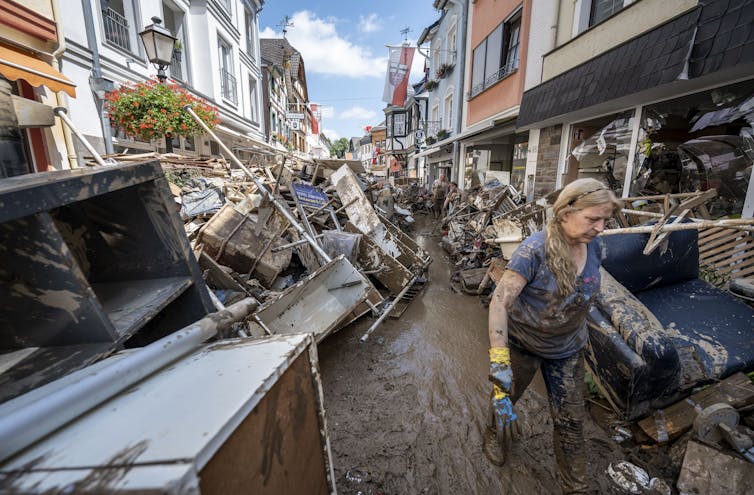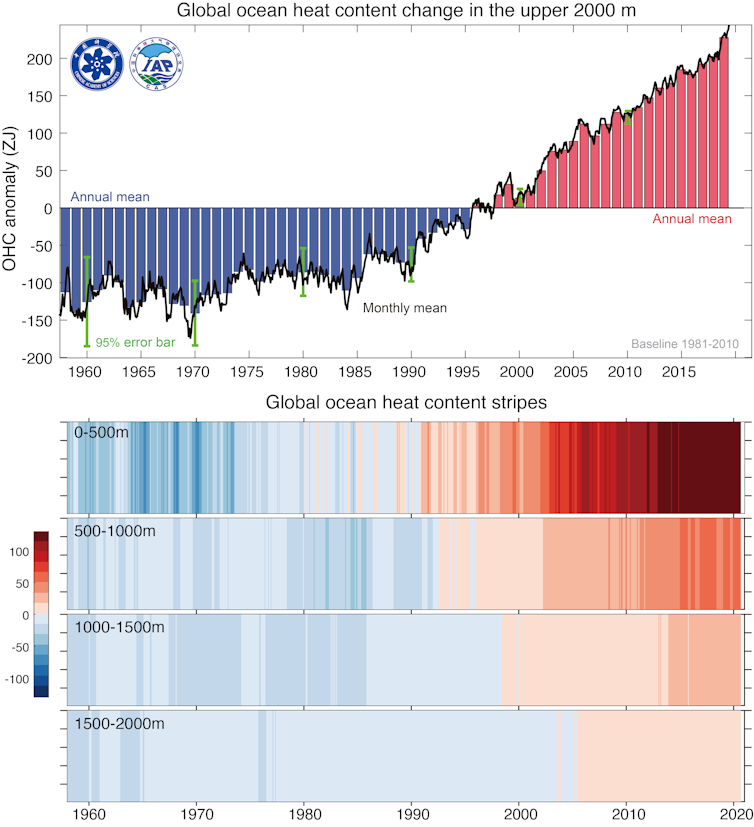Children born today will see literally thousands of animals disappear in their lifetime, as global food webs collapse
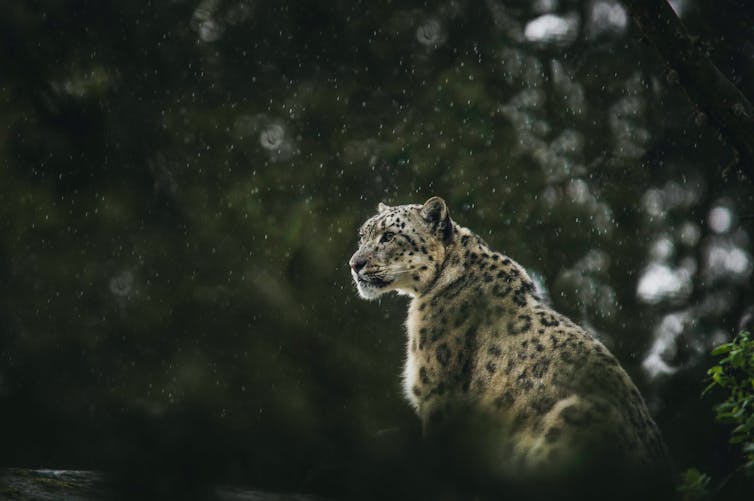
Corey J. A. Bradshaw, Flinders University and Giovanni Strona, University of Helsinki
Climate change is one of the main drivers of species loss globally. We know more plants and animals will die as heatwaves, bushfires, droughts and other natural disasters worsen.
But to date, science has vastly underestimated the true toll climate change and habitat destruction will have on biodiversity. That’s because it has largely neglected to consider the extent of “co-extinctions”: when species go extinct because other species on which they depend die out.
Our new research shows 10% of land animals could disappear from particular geographic areas by 2050, and almost 30% by 2100. This is more than double previous predictions. It means children born today who live to their 70s will witness literally thousands of animals disappear in their lifetime, from lizards and frogs to iconic mammals such as elephants and koalas.
But if we manage to dramatically reduce carbon emissions globally, we could save thousands of species from local extinction this century alone.
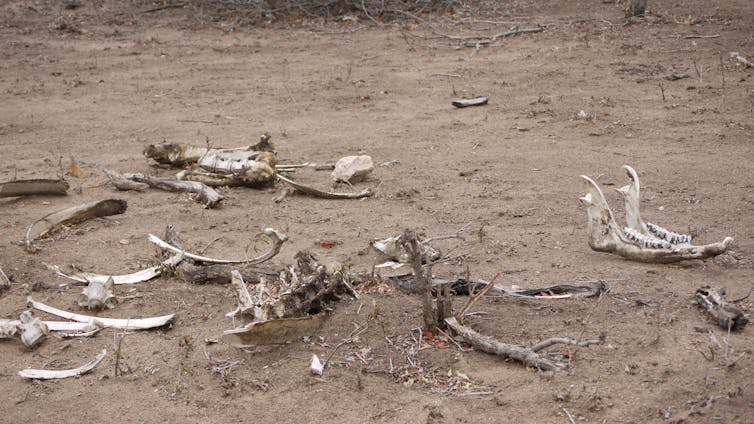
CJA Bradshaw
An extinction crisis unfolding
Every species depends on others in some way. So when a species dies out, the repercussions can ripple through an ecosystem.
For example, consider what happens when a species goes extinct due to a disturbance such as habitat loss. This is known as a “primary” extinction. It can then mean a predator loses its prey, a parasite loses its host or a flowering plant loses its pollinators.
A real-life example of a co-extinction that could occur soon is the potential loss of the critically endangered mountain pygmy possum (Burramys parvus) in Australia. Drought, habitat loss, and other pressures have caused the rapid decline of its primary prey, the bogong moth (Agrotis infusa).
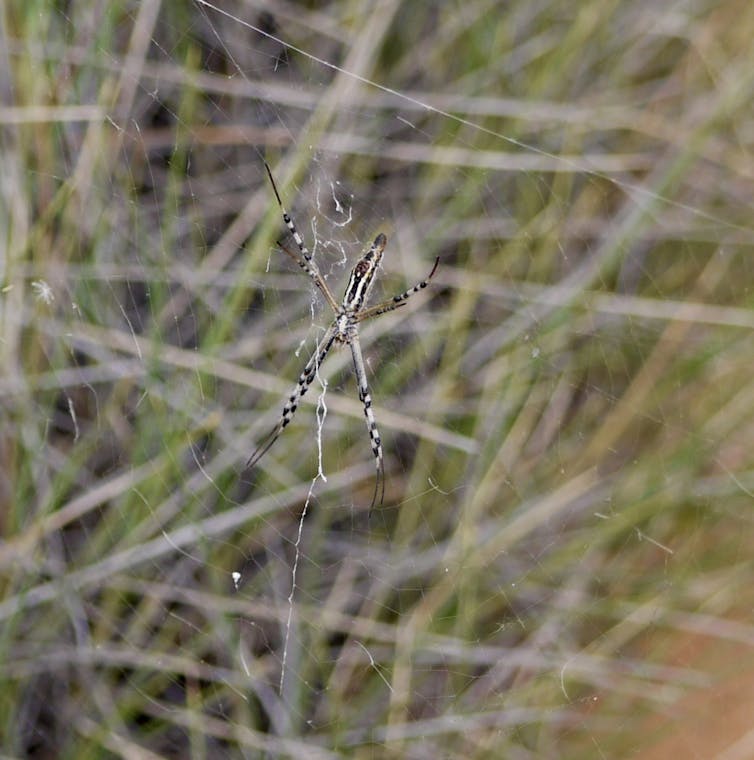
CJA Bradshaw
Research suggests co-extinction was a main driver of past extinctions, including the five previous mass extinction events going back many hundreds of millions of years.
But until now, scientists have not been able to interconnect species at a global scale to estimate how many co-extinctions will occur under projected climate and land-use change. Our research aimed to close that information gap.
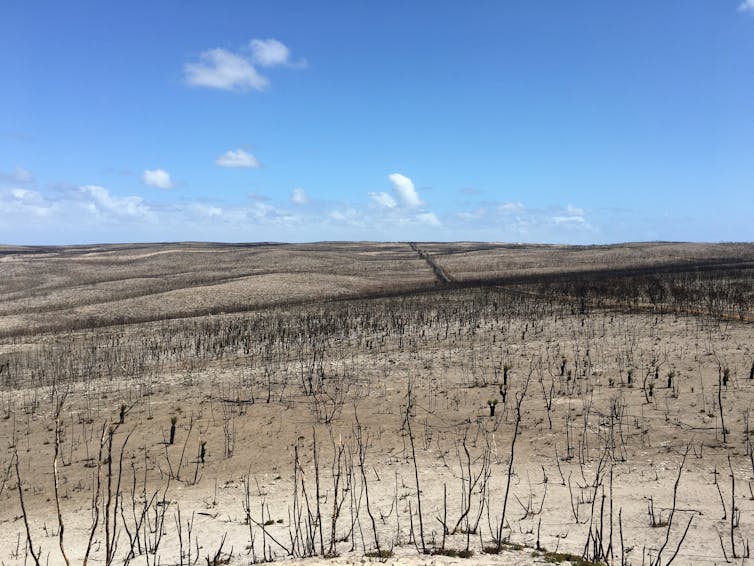
CJA Bradshaw
The fate of wildlife
Using one of Europe’s fastest supercomputers, we built a massive virtual Earth of interconnected food-web networks. We then applied scenarios of projected climate change and land-use degradation such as deforestation, to predict biodiversity loss across the planet.
Our virtual Earths included more than 15,000 food webs that we used to predict the interconnected fate of species to the end of the 21st Century.
Our models applied three scenarios of projected climate change based on future pathways of global carbon emissions. This includes the high-emissions, business-as-usual scenario that predicts a mean global temperature increase of 2.4℃ by 2050, and 4.4℃ by 2100.
If this scenario becomes reality, ecosystems on land worldwide will lose 10% of current animal diversity by 2050, on average. The figure rises to 27% by 2100.
Adding co-extinctions into the mix causes a 34% higher loss of biodiversity overall than just considering primary extinctions. This is why previous predictions have been too optimistic.
Worse still is the fate of the most vulnerable species in those networks. For species highest in food chains (omnivores and carnivores), the loss of biodiversity due to co-extinctions is a whopping 184% higher than that due to primary extinctions.
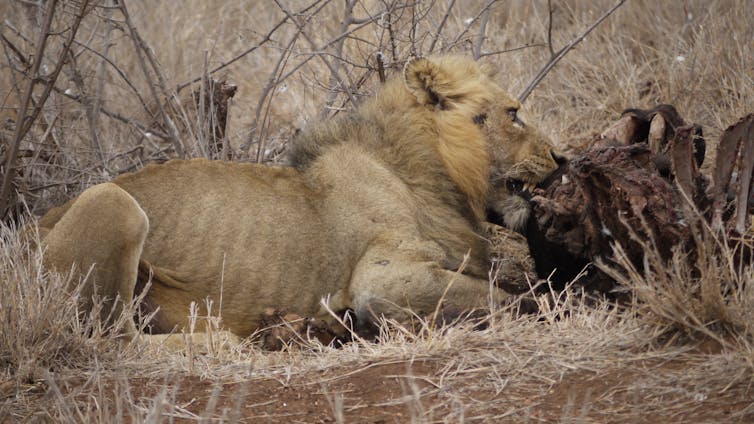
CJA Bradshaw
We also predict that the greatest relative biodiversity losses will occur in areas with the highest number of species already – a case of the rich losing their riches the fastest.
These are mainly in areas recognised as “biodiversity hotspots” — 36 highly threatened areas of the Earth containing the most unique species, such as Southwest Australia and South Africa’s Cape Floristic region. This is because the erosion of species-rich food webs makes biological communities more susceptible to future shocks.
We also detected that these networks of interacting species themselves will change. We used a measure of “connectance”, which refers to the density of network connections. Higher connectance generally means the species in a food web have more links to others, thereby making the entire network more resilient.
Connectance, we learnt, will decline between 18% and 34% by the end of this century in the worst-case climate scenario.
This reduction in connectance was also driven by the loss of some key species occupying the most important positions in their local networks. These could be top predators such as wolves or lions keeping plant eaters in check, or an abundant insect eaten by many different insectivores.
When such highly connected species go extinct, it makes the network even less resilient to disturbance, thereby driving even more loss of species than would otherwise have occurred under a natural ecological regime. This phenomenon illustrates the unprecedented challenges biodiversity faces today.

CJA Bradshaw
Can we minimise the threat?
As the United Nations Biodiversity Conference winds up this week in Montreal, Canada, governments are trying to agree on a new set of global actions to halt and reverse nature loss.
It follows the recent COP27 climate change summit in Egypt, where the resulting agreement was inadequate to deal with the global climate crisis.
We hope our findings will, in future, help governments identify which policies will lead to fewer extinctions.
For example, if we manage to achieve a lower carbon-emissions pathway that limits global warming to less than 3℃ by the end of this century, we could limit biodiversity loss to “only” 13%. This would translate into saving thousands of species from disappearing.
Clearly, humanity has so far underestimated its true impacts on the diversity of life on Earth. Without major changes, we stand to lose much of what sustains our planet.![]()
Corey J. A. Bradshaw, Matthew Flinders Professor of Global Ecology and Models Theme Leader for the ARC Centre of Excellence for Australian Biodiversity and Heritage, Flinders University and Giovanni Strona, Doctoral program supervisor, University of Helsinki
This article is republished from The Conversation under a Creative Commons license. Read the original article.
